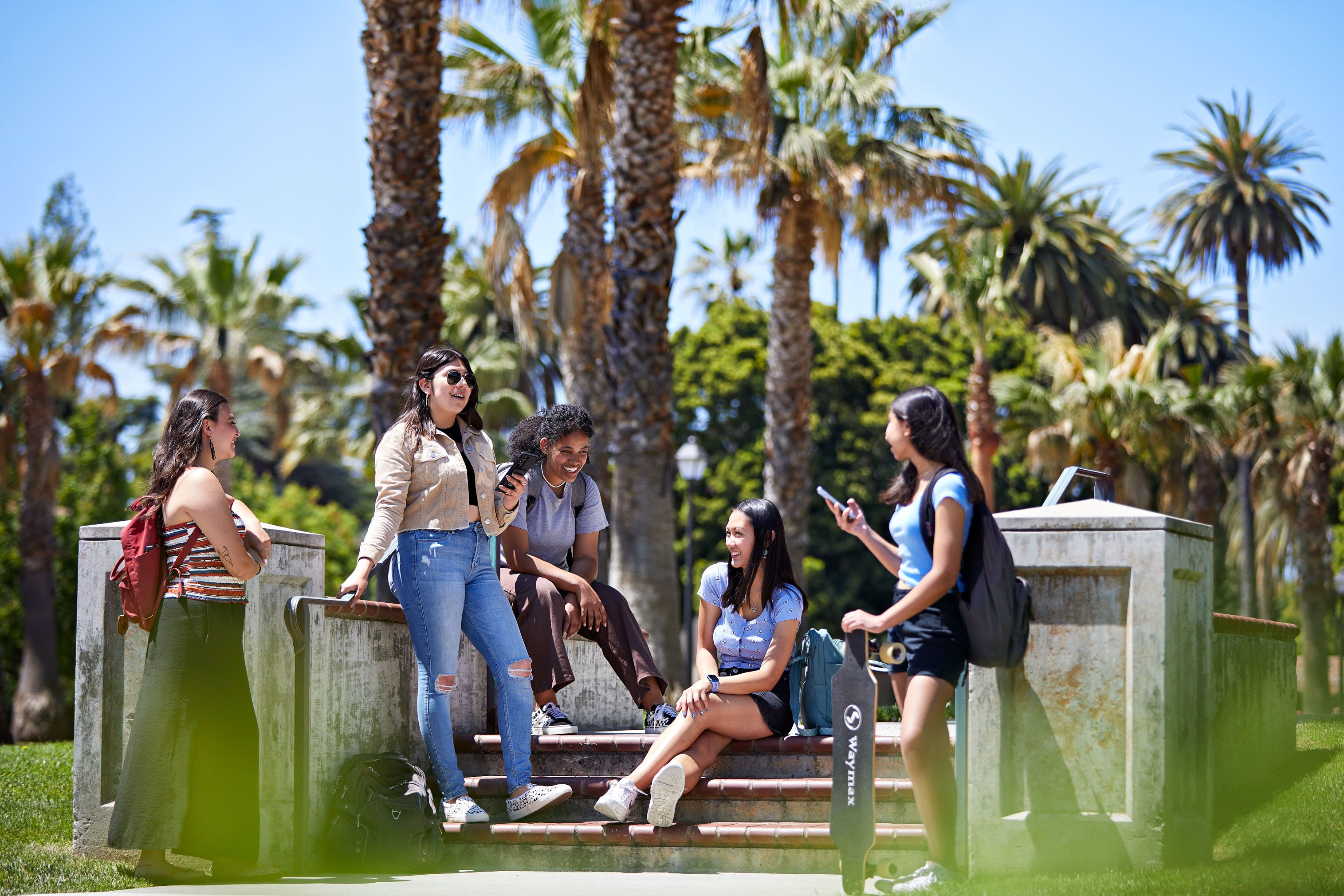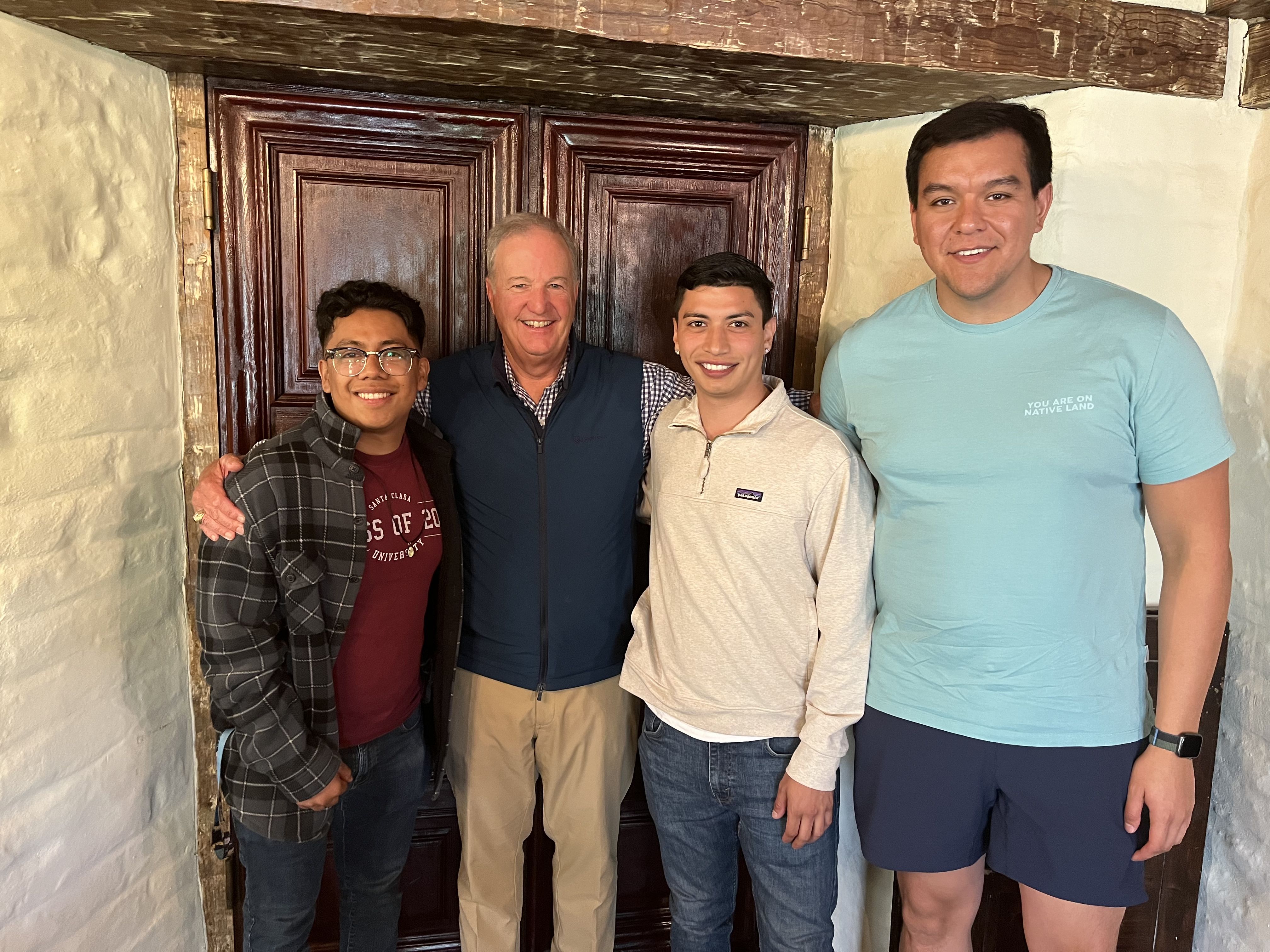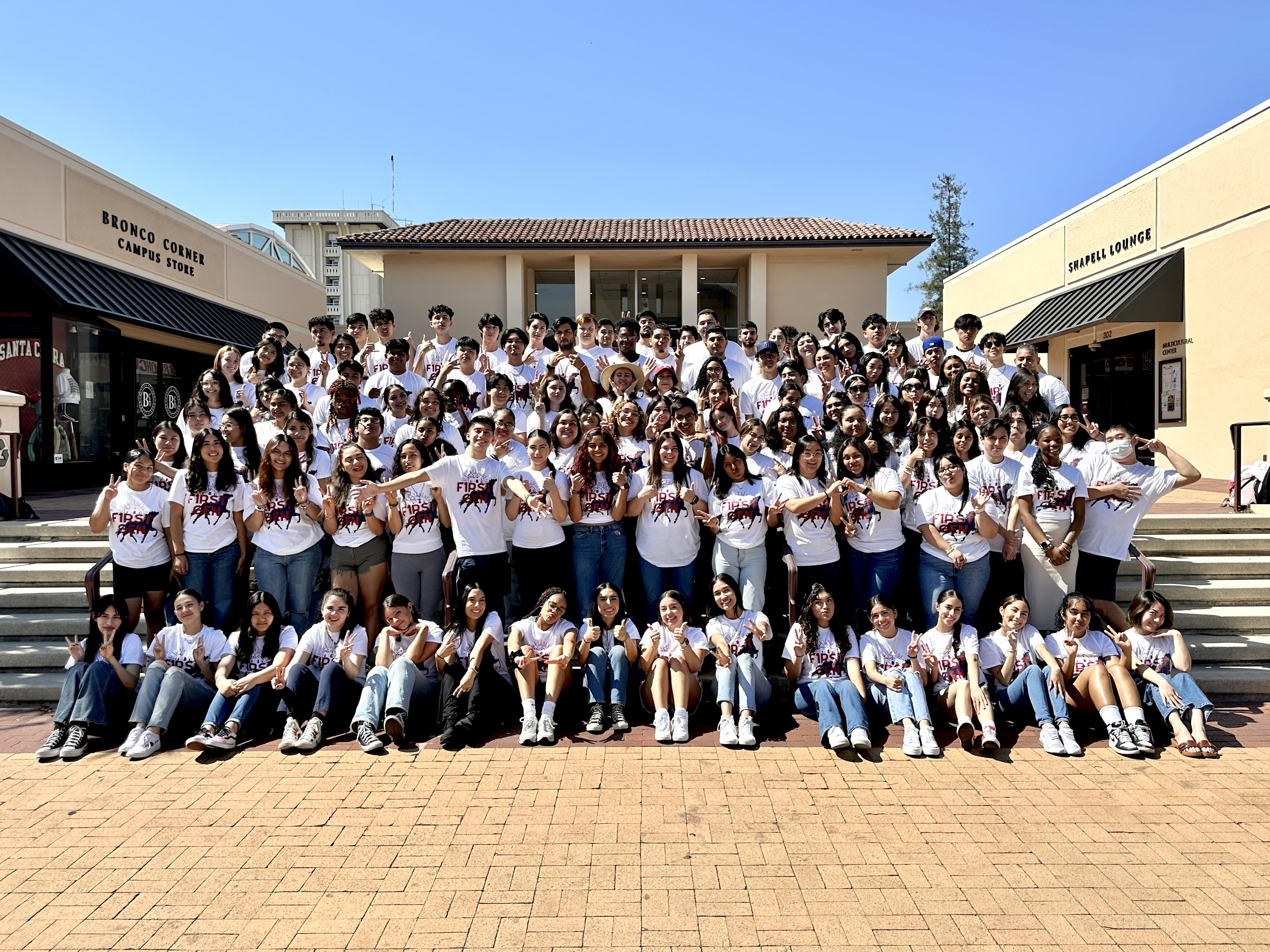How Santa Clara University Raised $250 Million for Scholarships
Prioritizing accessibility and affordability for students

It’s clear that there’s an affordability crisis in higher education. To help students and families feeling the pinch, colleges and universities are doubling down on strategies to make a degree more affordable through scholarships and financial aid.
For Santa Clara University, as a Jesuit university, the issues loom large.
“Embracing Jesuit values means embracing social mobility, so accessibility and affordability are among our top priorities,” Julie Sullivan, president of Santa Clara University, says. “We believe it is our responsibility to help students access a Santa Clara University education regardless of their resources.”
To address accessibility and affordability, the University raised $250 million for student scholarships and financial aid over the last decade using novel approaches to engage student participation and energize donors.

Using new technologies to connect
The University found that its traditional phone-a-thon was becoming less effective in reaching donors. Donors and alumni weren’t answering students’ calls, an industry-wide trend that accelerated during the pandemic. A pivot was needed.
“We started to shift resources towards other ways of fundraising,” says Jim Lyons, vice president for university relations at Santa Clara University.
A newly created Donor Experience Office in partnership with Evertrue changed the fundamentals of how donors are reached. Students were brought on board as “Donor Experience Campus Creators.” The students email personalized video messages to donors, expressing their gratitude to donors by name, providing campus updates, and sharing information tailored to the donors’ interests.
Video messages are light in tone, and students often film the messages while walking around the sunny campus. A recent message has a student greeting a donor, “Hey again! I've just returned to school to get ready for the upcoming year. I'm looking forward to beginning my classes in a few weeks and keeping you updated about all things SCU.”
The program also provides an opportunity for the University to listen to donors and understand what’s important to them.
“We hear that our alumni want current students and incoming students to have the same type of experience that they had at Santa Clara. They feel Santa Clara has given them so much and prepared them for where they are now,” Karina Punu, executive director of annual giving at SCU, says. “The video messages make that connection.”
Campus Creator Sierra Tisdale ’24 agrees. “For example, when we make solicitation videos that include video segments of a building on campus or a residence hall, many alumni are reminded of their memories at these places and are eager to make gifts to support similar experiences for future students,” she said. “These alumni often find it hard to make their way back to campus to visit but find other ways to support the places and organizations that still mean the most to them.”
The office has grown to six student Campus Creators, who reach thousands of donors a year. Leveraging the new technology has played a key role in the University’s ability to meet ambitious fundraising goals.

Students send personalized video messages to donors with updates on their lives and time on campus.
Students send personalized video messages to donors with updates on their lives and time on campus.
Tapping into what moves donors
Another part of the University’s commitment to social mobility and accessibility includes supporting first generation students. The LEAD Scholars Program, which provides first generation students with academic and vocational development, peer mentoring, and support, is rooted in the Jesuit educational philosophy of developing the whole student.
“Our donors recognize that many students lack more than just the financial capacity to attend Santa Clara. The LEAD Scholars Program is unique and appealing in that it not only gives financial support to students, but it goes beyond that in providing students with mentors and a network they can lean on to make the most of their time on campus,” Punu says.
In addition to funding tuition-related expenses for LEAD Scholars, donors can support student stipends and scholarships for study abroad, undergraduate research, unpaid internships, immersions, and academic and professional conferences, as well as microgrants for emergency needs including travel, rent, food, and textbooks.
In funding this “wraparound support”—meaning support that “wraps around” the student to meet a range of needs—many donors find a connection to the tangible impact of their giving.
Santa Clara alumnus Jim Cunha '71 established a $1 million scholarship fund for LEAD Scholars in honor of his wife, who was the first in her family to graduate from college.
“These scholarships mean students who need financial assistance can go to a school like Santa Clara,” he said. “One day they may pay it back as well, in some way, shape or form. If more and more students can do that, particularly those who got a break and then at some point can return the favor, it begins to right the world.”
Today the LEAD Scholars Program serves approximately 10% of the Santa Clara undergraduate student body. The program is also popular with donors because of its success rate.
“You can see the effectiveness of our efforts here in our retention rates,” President Julie Sullivan says. “More than 94% of LEAD Scholars graduate in six years or less.”
The University’s approach is also reaching donors considering planned giving. Many alumni indicate that their motivation stems from their time as students when they received financial aid.
“They hope their giving can provide transformational opportunities for future students,” Punu said. “As one of our donors put it, ‘I received financial aid when I needed it, and I am grateful I can help for the future.’”

Just getting started
After raising $250 million for scholarships and financial aid, the University isn’t resting.
“We’re about to launch a new campaign, and a lot of the fundraising is going to focus on those two words—accessibility and affordability,” Lyons said. “That means supporting Pell students, students who come from different socioeconomic backgrounds, and more.”
As the need continues to grow, the work will continue.

Class of 2027 LEAD Scholars
Class of 2027 LEAD Scholars
This content was paid for and created by Santa Clara University. The editorial staff of The Chronicle had no role in its preparation. Find out more about paid content.



